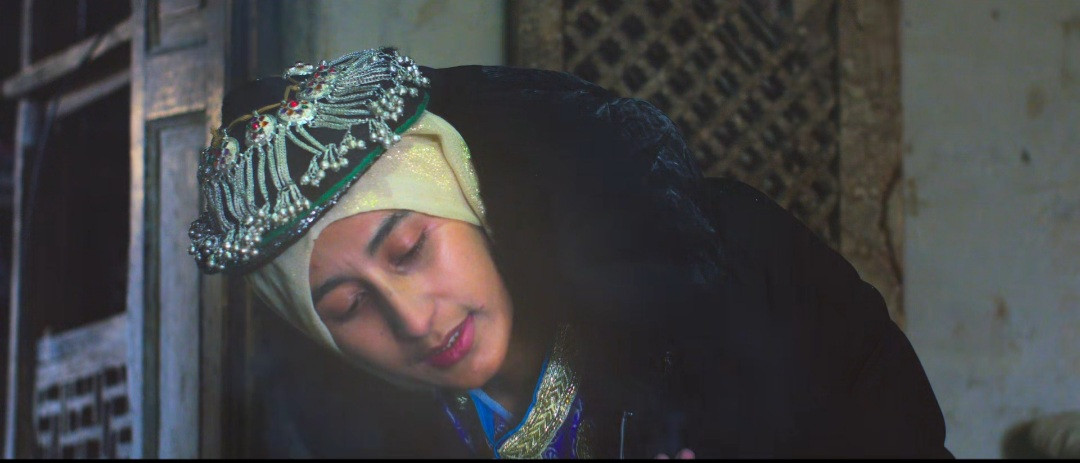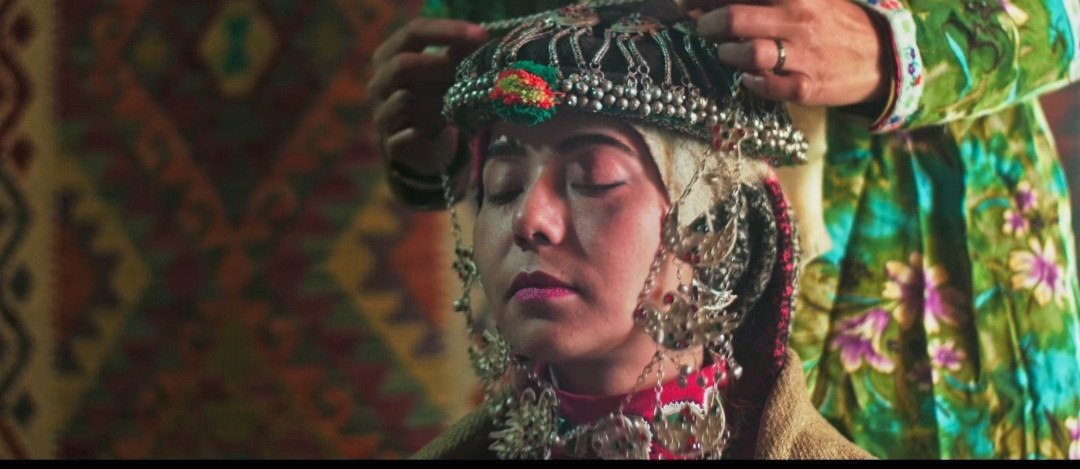In Turkish they say: Bir lisan, bir insan [one language, one person]. Following the wisdom of the proverb, if each language a person speaks is taken as a separate identity, most Pakistanis who speak multiple languages, would possess multiple identities. Urdu makes one a Pakistani, while English being the marker of modern education, a cosmopolitan persona. Provincial languages, local dialects and mother tongues spoken by minorities — each vernacular adds a layer of identity, signifies belonging and represents a culture, of which language is the soul.
In Skardu, located in Gilgit-Baltistan, serves as the capital of Skardu District and the Baltistan Division. Here, the local language spoken at home and in the streets is Balti, the only Sino-Tibetan language used in Pakistan. There are estimated 400k Balti speakers, most of them living in Baltistan, some in major Pakistani cities hosting a diaspora of Balti people, and also across the border in Indian Ladakh.
Despite the relatively widespread use, the language is listed as “vulnerable” by the United Nations Educational, Scientific and Cultural Organisation. Balti language activists fear for the future of their mother tongue and point at multiple threats to its continuation.
“There are not many people who can speak pure Balti anymore,” says Raza Ghalib, a language activist hailing from the Kachura Valley in Skardu. “More and more words from Urdu and English languages are getting absorbed into Balti.”
The education system built around Urdu and English contribute to the local language deterioration, but so does access to internet.
“The advent of electronic/social media and the internet has accelerated the pace of language degradation to an unprecedented level,” writes Sajjad Hussain in the International Journal of Linguistics and Culture (2023). “These media platforms seem to have fast-tracked the lexical attrition of Balti as the Balti youth are unable to utter a complete sentence in their L1 or native language without using words from the dominant languages Urdu and English.” He further claims that the Balti language is “a victim of linguistic imperialism where it is losing grounds to the dominant languages.”

How can Balti grow
The two lingua francas of Pakistan, Urdu and English, are the languages of education and commerce. While mastering them is of great importance, Balti advocates do hope to see Balti language introduced in schools across Baltistan, and used widely in publications. Yet to make it happen, the codification of the language is required, starting with the script. And this is where things get a little complicated, as there are few competing writing systems for Balti language.
The apparently most common is the Nastaʿlīq script — the Perso-Arabic writing system that is also used for Urdu, Pashto and several other Pakistani languages.
Script and code
There are publications in Balti written in the Nastaʿlīq script available, and some language activists consider it the best option, given the familiarity of alphabet, and its association with Islam. There are others who promote the standardising of Balti in Roman script. In 2013, an overview on how to write Balti in the Roman script was published in a brochure by Eunice Jones in collaboration with professor Hasmat Ali Kamal Ilhami, Mohammad Kamal Jamshed, and Sheikh Ghulam Hussain Sahar, among others. The main argument for the Latin Alphabet is — again — its widespread use in Pakistan, and the fact that it is associated with new technologies and used in that context, for instance on social media. Many young Asians use Roman script to communicate via internet, regardless of the locally used vernaculars, and Balti people are no exception.
There is yet another option — the Tibetan Yige script historically used for Balti language between 8th and 16th century. Yet, the Yige, regarded by many as the most authentic and most representative of the sound of the Balti language, is at the same time most obscure, as only a handful of locals are able to read and write in it. The Yige advocates are active in spreading the knowledge of the Tibetan alphabet, giving weekend classes to willing students of all ages, as Mr Raza Ghalib, a Yige expert shares. In 2020, the University of Baltistan in Skardu offered a three-month course in Yige script. Others spread the knowledge through other means.

Media building bridges
A group of Balti artists and activists are working on a production of a music video, accompanying a song written by a renowned Balti poet, showcasing local traditions, and snapshots of recreated past. “This project is going to be my second project for the revival and preservation of Balti folk music and script,” reveals Niaz Ali, an artist involved in the project. We attempt to create a vintage-style film that depicts the lifestyle of Balti people in the seventies, and eighties. We are showcasing traditional clothes, such as bridal gowns worn at the time. But we also want to show how the partition of Baltistan following the war, and the occupation of several villages by the Indian Army, damaged human relations, with the border separating people belonging to same families”.
The creators are value driven, considering this project — depending totally on their individual contributions so far — an effort towards the revival and preservation of Balti culture, music, and Yige script. But it is also a women empowerment project, and hopefully a tool for (re)connection.
Zeba Batool, a travel vlogger and social activist involved in the project, feels that maintaining connection with Balti speakers across the border is extremely important. And she has personal reasons for this: her family has been separated by the border, when during the 1971 Indo-Pakistan conflict, while all eyes were on East Pakistan, a small contingent of the Indian army unleashed an offensive on the Line of Control straddling the Baltistan region and captured four villages that continue to be under Indian control and possession. “It’s impossible to cross the border and visit our relatives,” says Batool. “But now we have internet and we can connect through video calls, so we are in touch with each other.”

The video, that the Skardu team is working on, will be subtitled in Yige, which Niaz, and other creators feel is the true script of the Balti language. According to Batool, it is the ultimate representation of Baltiness: “This is our identity, we have our own history, our own script, we culture, traditional dresses, and we don’t want to lose any of it. People are proud of being Balti and they make efforts to save the language and script”.
But more than that, Yige is also a bridge that connects them to larger audiences in Nepal, Ladakh, and Tibet, where the same writing system is commonly used and understood. The last video produced by Niaz Ali and his friends last year, and the comments left on YouTube, justify this claim, as viewers wrote: “Love from the eastern side of Himalayas <3 from Nepal! Great job making this music”; “Beautiful song! I am from Tibet and we have the same language! I can understand every word you are singing and it was very moving!”; “Love from Kargil, it’s feeling that this song written for our separation! Love to all Gilgit-Baltistani brothers and sisters”.
Languages are so much more than communication codes — they are expression of values and traditions of a given community, and a rich reserve of local wisdom. When a language is lost, part of that culture is lost. By the same measure, when language is preserved, the traditions and customs continue living in the hearts and minds of those who understand it.
The struggle to preserve the minority languages of Pakistan — counted over 70, with 25 declared as in danger of extinction — is also the struggle to maintain the country’s rich cultural diversity, linkage to the complex past, and access to traditional wisdom accumulated over many generations. Maintaining a language, especially one spoken by just a handful of kinfolks, is also a powerful statement of self-esteem, of being proud of one’s roots and of being at-ease with original identity.
Klaudia Khan is a freelance contributor
All facts and information are the sole responsibility of the writer
